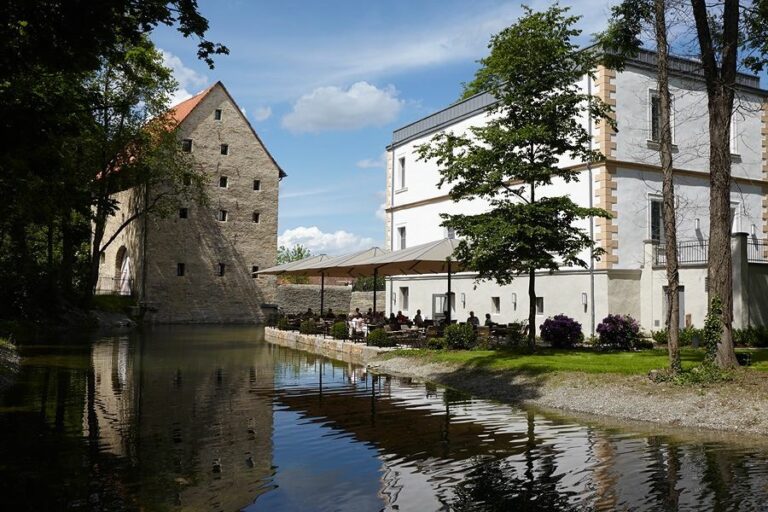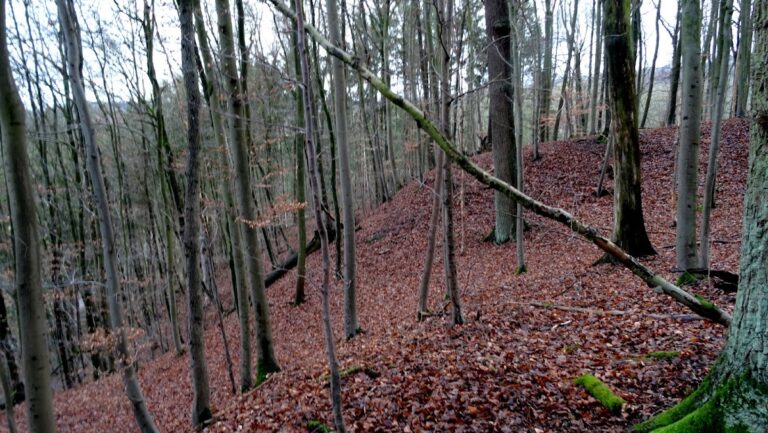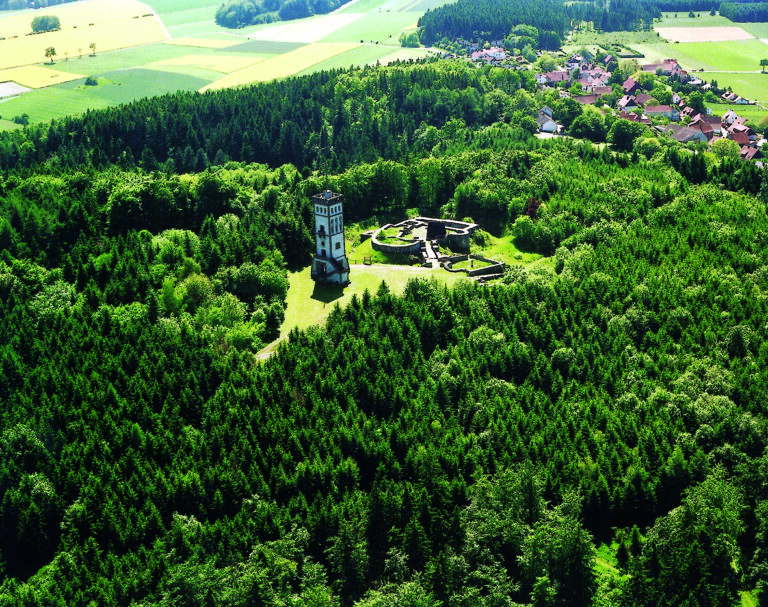Burg Ringelstein: A Medieval Castle Ruin in Büren, Germany
Visitor Information
Google Rating: 4.3
Popularity: Low
Google Maps: View on Google Maps
Official Website: www.bueren.de
Country: Germany
Civilization: Unclassified
Remains: Military
History
Burg Ringelstein is a medieval castle ruin located near the village of Harth in the municipality of Büren, Germany. Its origins trace back to the late 14th century when it was constructed by the noble family known as the Edelherren von Büren, specifically the Davensberger branch, who received the site as a fief from Archbishop Friedrich III of Cologne.
The location had been noted as early as 1376 under the name “nyen borch boven Buren,” though it is uncertain if this referred to an earlier fortification or an unfinished construction preceding the castle that stands in records from 1385. The castle was built as a strategic outpost overseeing the Alme valley and was held in joint ownership between the Davensberger line and the Archbishop of Cologne. In 1394, the Davensbergers pledged their portion to Johann von Scharfenberg, tied to the Padberg family, while another share held by a related Büren line was pledged to Hermann von Padberg. The castle returned fully to Berthold von Büren in 1399, at which point the name Burg Ringelstein appears for the first time in written sources.
During the 15th and early 16th centuries, the castle remained significant as a noble residence and administrative seat. In 1458, it was enfeoffed to the Landgrave of Hesse, reflecting the shifting political alliances of the region. From 1430 onwards, members of the Büren family served under the Landgraves of Hesse, with Johann von Büren receiving a lifelong appointment as councilor in 1519 by Landgrave Philipp I and his mother, emphasizing the family’s continued influence.
By the latter half of the 16th century, Burg Ringelstein had taken on a new role as a hunting lodge for the Büren nobility. A detailed inventory from 1574 lists a range of facilities including twelve rooms, a kitchen, cellars for storing eggs, wine, and meat, as well as areas dedicated to brewing, baking, stabling brushwood, and granary storage. This suggests a complex designed to support both noble leisure and the practical needs of sustained habitation.
The castle’s history in the 17th century was marked by darker events. During the Thirty Years’ War, Burg Ringelstein served as a judicial center where numerous witch trials were conducted. In 1631 alone, fifty-five individuals were condemned and executed over a span of just thirty days. The castle contained prison and torture facilities, most notably the so-called Hexenkeller, or “witches’ cellar,” a grim reminder of the period’s turmoil and persecution.
Following the decline in its strategic and administrative significance after 1802, the castle gradually fell into ruin. Archaeological interest resumed in the 21st century with excavations beginning in December 2005, uncovering important medieval structures. Restoration work has been continuously carried out since 2006, with efforts planned to preserve the site well into the 2020s.
Remains
The ruins of Burg Ringelstein sit prominently atop a spur overlooking the Alme valley, near Harth in Büren. This elevated position offers expansive views in all directions, underscoring the castle’s original purpose as a lookout and stronghold. Excavations have revealed a complex layout comprising several functional buildings and significant defensive works.
Among the most notable discoveries are vaulted cellars and underground passages, which demonstrate advanced medieval construction techniques using stone masonry to create durable, arched ceilings that supported the structures above. These vaults likely served as storage spaces, consistent with the detailed 1574 inventory indicating specialized cellars for eggs, wine, and meat. The existence of these spaces highlights the castle’s role in provisioning its inhabitants for extended stays.
A substantial defensive tower, once rising approximately 20 meters, forms a key element of the castle’s fortifications. Though now fragmentary, its remains suggest a robust masonry construction designed to provide both surveillance and protection. The tower’s scale points to its importance within the castle’s defensive system and its commanding presence in the landscape.
The 16th-century inventory also lists several other buildings within the castle grounds: a brewhouse for producing beer, a bakehouse for breadmaking, a brushwood stable likely intended for storage of firewood, and a granary for grain supplies. These features collectively reveal a self-sufficient estate capable of supporting a noble household’s daily and seasonal needs.
One part of the castle complex holds particular historical significance: the Hexenkeller, or “witches’ cellar.” This subterranean space was used during the 17th century for the incarceration and execution of those accused of witchcraft, reflecting its role in the judiciary functions of the castle during the turbulent Thirty Years’ War. The Hexenkeller remains an evocative reminder of the darker aspects of the site’s history.
Restoration efforts have focused on reconstructing portions of the vaulted ceilings and repairing masonry walls to stabilize the remaining structures. These measures aim to preserve the architectural fabric uncovered through archaeological investigations and ensure the site’s integrity. Today, the vestiges of Burg Ringelstein stand as a testament to its layered history, from medieval stronghold to hunting lodge and judicial center, retaining visible links to each phase of its use.










